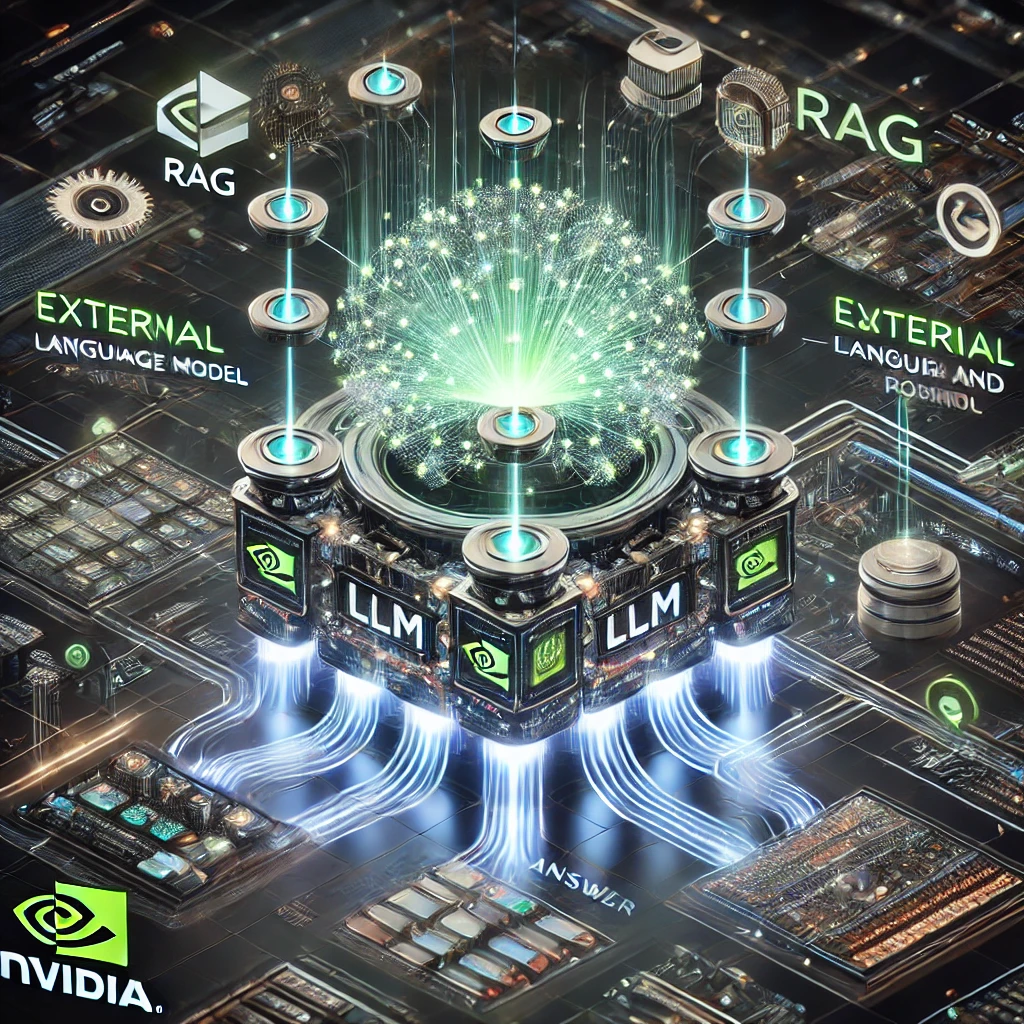Best Generative AI for Beginners is transforming the creative landscape, offering powerful solutions for text, image, and even video creation. With 2024 bringing a wide array of new and improved generative AI tools, it can be challenging for beginners to know which ones to choose. In this guide, we’ll explore the best options, provide a clear path for beginners to start learning, and share expert tips on maximizing these tools.
Table of Contents
- Introduction to Generative AI
- Top Generative AI Tools in 2024
- How to Begin Your Journey with Generative AI
- Learning Tips and Resources for Generative AI
- FAQs about Generative AI
1. Introduction to Generative AI
Generative AI has rapidly become one of the most exciting fields in artificial intelligence, transforming industries and enabling users to create content like text, images, music, and even video. But with so many tools available, a question often arises: Which Generative AI is best, and how can a beginner start learning it?
In this guide, we’ll explore the top generative AI tools in 2024, break down their unique features, and provide a beginner-friendly roadmap to help you dive into this cutting-edge technology.
2. Top Generative AI Tools in 2024

a. OpenAI’s ChatGPT
OpenAI’s ChatGPT is one of the most popular and beginner-friendly generative AI tools. Known for its conversational abilities, ChatGPT can generate written content, answer questions, and provide interactive assistance.
- Key Features: Text generation, conversation capabilities, creative writing, and brainstorming.
- Best For: Writers, content creators, and customer service applications.
b. Midjourney
Midjourney is a fantastic AI tool for creating visually stunning images from text prompts. Using advanced algorithms, it converts user inputs into highly detailed artwork, making it ideal for artists, designers, and marketers.
- Key Features: High-quality image generation, unique stylistic filters, and customization options.
- Best For: Visual artists, marketers, and social media managers.
c. DALL-E by OpenAI
Another impressive tool by OpenAI, DALL-E specializes in generating realistic images from textual descriptions. Its flexibility and ease of use make it a top choice for visual content creators.
- Key Features: Image generation from text, customizable image features, and creative enhancements.
- Best For: Designers, content creators, and marketing teams.
d. Adobe Firefly
Adobe Firefly offers a user-friendly approach to image generation and editing, with the added advantage of Adobe’s integration with other creative tools.
- Key Features: Image and video editing, text-to-image transformation, and seamless Adobe Creative Cloud integration.
- Best For: Professional designers, photographers, and media creators.
e. Jasper AI
Jasper AI focuses on text content creation and is ideal for blogging, marketing copy, and social media posts. Its customizable templates are a great tool for digital marketing professionals.
- Key Features: Blog writing, product descriptions, social media content, and SEO-focused text.
- Best For: Content marketers, bloggers, and social media strategists.
3. How to Begin Your Journey with Generative AI
Starting with Generative AI can seem daunting, but by following these simple steps, you can be on your way to mastering these powerful tools:
a. Define Your Goals
Identify why you want to learn generative AI. Are you interested in creating content, designing images, or automating customer support? Knowing your objectives will guide you in selecting the right tool to focus on.
b. Start with Text-Based Generative AI
If you’re a complete beginner, starting with text-based AI tools like ChatGPT or Jasper AI can provide a solid foundation. These tools are generally more user-friendly and require less technical expertise compared to image or video generation models.
c. Explore Image and Video Generation Tools
Once you are comfortable with text-based tools, you can venture into image-based generative AI like Midjourney or Adobe Firefly. Experiment with different prompts, styles, and configurations to understand how these tools process information and produce outputs.
d. Experiment with Open-Source Models
There are several open-source generative AI models available, such as Stable Diffusion, which can be downloaded and used on personal devices. Exploring open-source models can deepen your understanding of how generative AI works under the hood.
4. Learning Tips and Resources for Generative AI

AI Tools
Starting with generative AI may require some learning, but there are plenty of free and affordable resources to help you get started.
a. Online Courses and Tutorials
Platforms like Coursera, Udacity, and YouTube offer beginner-friendly courses on generative AI. Some popular courses include “Intro to AI” by Google and “Machine Learning for Artists” by Kadenze, which covers basic AI concepts.
b. Experiment with Free Trials
Many generative AI tools offer free trials or limited access versions, such as OpenAI’s free-tier ChatGPT. Use these to get hands-on experience with AI tools before committing to a paid plan.
c. Join AI Communities
Engage with communities on platforms like Reddit, GitHub, and LinkedIn where AI enthusiasts share tips, projects, and code snippets. These communities can provide inspiration and guidance to help you overcome challenges.
d. Document Your Progress
Creating a portfolio or maintaining a personal blog to document your experiments with generative AI can be extremely beneficial. Not only does it help you track your growth, but it can also serve as a showcase of your skills to potential employers.
e. Stay Updated with the Latest Trends
Generative AI is a rapidly evolving field. Staying updated with new advancements, tool updates, and emerging trends will help you remain competitive and get the most out of your learning journey.
5. FAQs about Generative AI

FAQs
Q1: What is the best Generative AI for beginners?
ChatGPT by OpenAI is often recommended for beginners due to its ease of use and versatile applications. It’s a great tool to start with if you want to create written content or learn conversational AI.
Q2: Is it expensive to learn and use Generative AI?
While some advanced AI tools have paid plans, there are also free options and open-source models. Additionally, many paid tools offer free trials, allowing beginners to explore generative AI without upfront costs.
Q3: Can I use Generative AI for professional work?
Yes! Generative AI is widely used in professional settings, from content creation to graphic design and customer support. Once you’re comfortable with the tools, you can use them to enhance productivity, create high-quality content, and even generate new ideas.
Q4: Are there any ethical considerations with Generative AI?
Yes, Generative AI comes with ethical considerations, such as the risk of creating misleading information or copyrighted material. Always use generative AI responsibly, and ensure that any content generated aligns with ethical standards and copyright laws.
Conclusion
Generative AI offers endless possibilities for beginners and professionals alike, transforming how we create, interact, and innovate. From text-based tools like ChatGPT and Jasper AI to image-generation giants like Midjourney and DALL-E, there’s a tool for every creative need.
Whether you’re a writer, artist, or tech enthusiast, Generative AI can elevate your creativity and efficiency. Start your journey today by experimenting with beginner-friendly tools, leveraging online resources, and joining communities where you can learn and grow. The future of content creation and digital art awaits—are you ready to dive in?
External Resources
- OpenAI’s ChatGPT – Official page for ChatGPT to start your journey.
- Adobe Firefly – Learn about Adobe’s AI-powered creative tools.
By following this beginner’s guide and choosing the right tool, you can unlock the potential of Generative AI, bringing your ideas to life and making your work smarter, faster, and more innovative!


